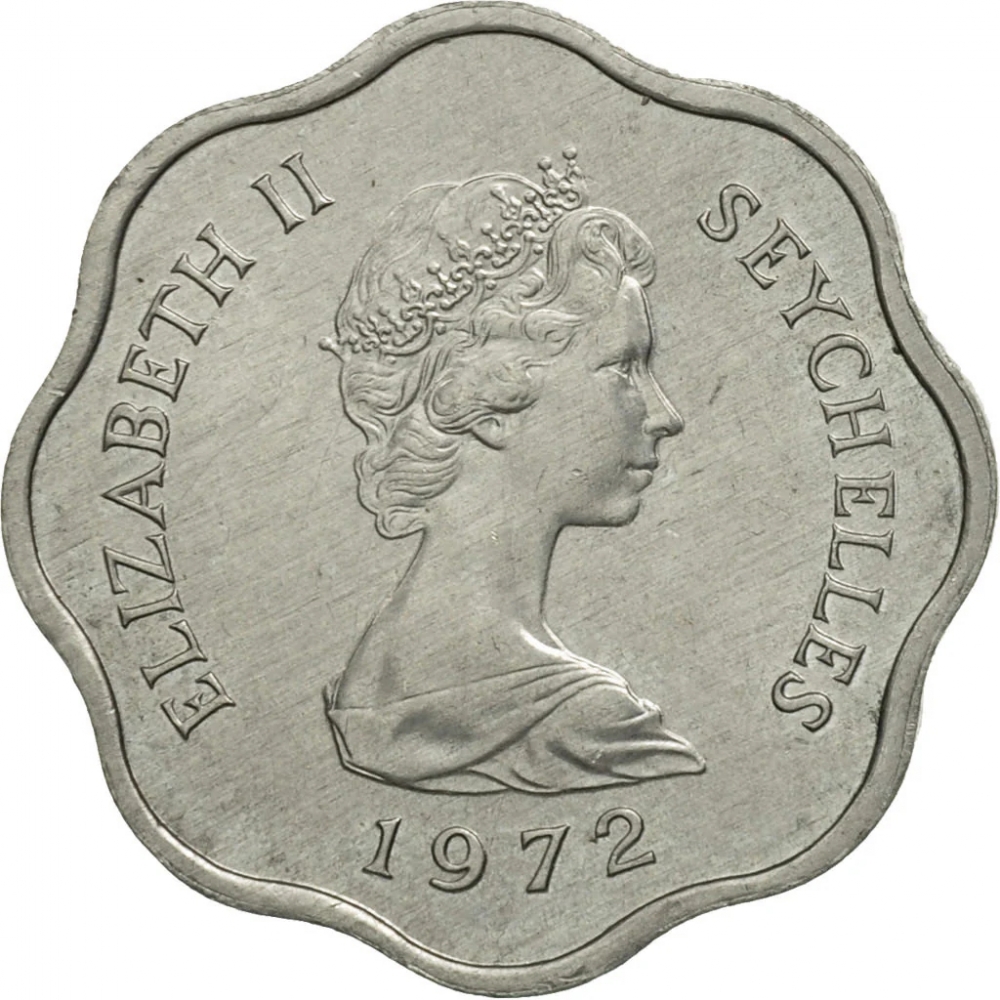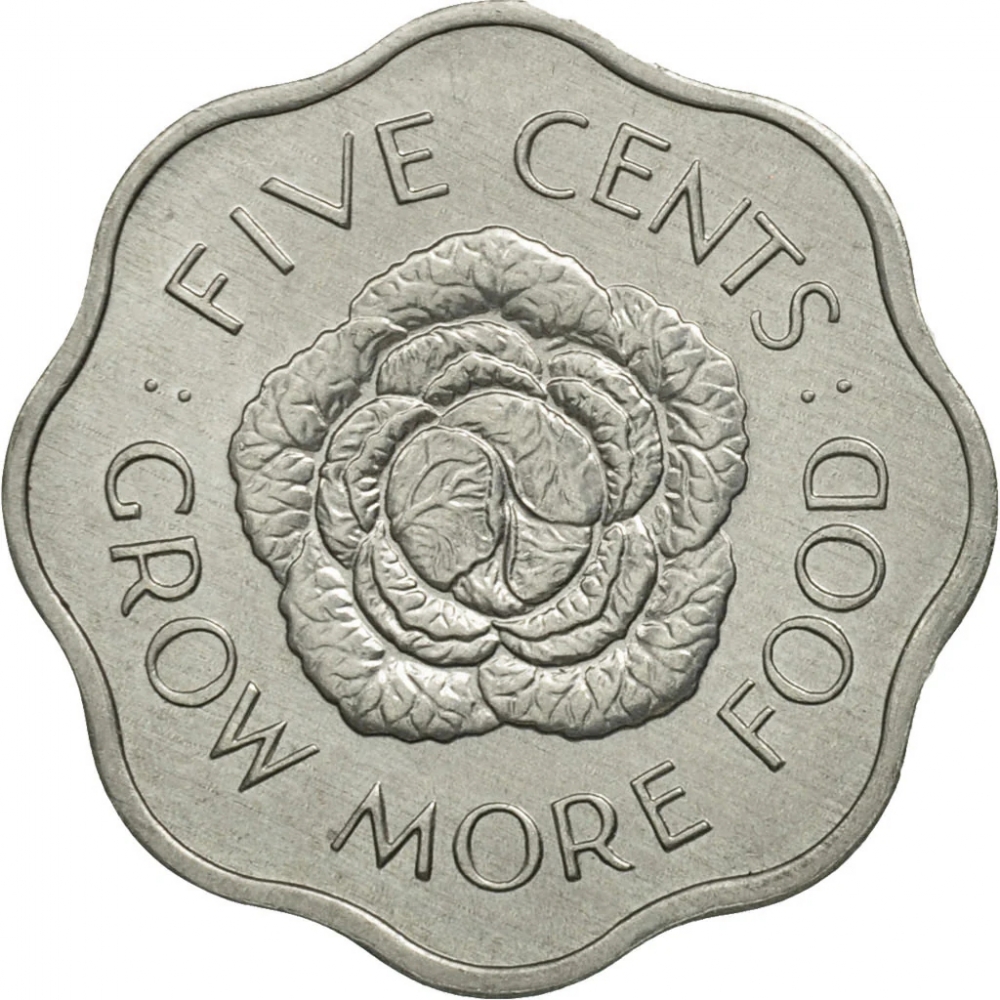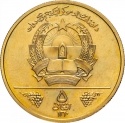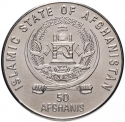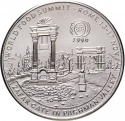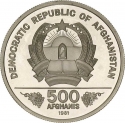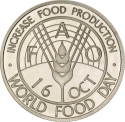You are about to finish your registration. Please check your mailbox (including spam folder). There should be a letter with a confirmation link. Check setting to make sure that your e-mail address is correct.
Send letter againDescription
Although Seychelles was controlled by the British beginning in 1794, Britain did not assume full control until 1810. Their rule was formalized in 1814 with the Treaty of Paris. In 1903, Seychelles became a Crown Colony but was still controlled by the British government. Seychelles became an independent republic within the Commonwealth of Nations on June 29, 1976 and is currently known as the Republic of Seychelles.
Elizabeth II (Elizabeth Alexandra Mary; 1926–2022) was Queen of the United Kingdom and of 14 other Commonwealth realms. Her reign of 70 years and seven months, which began on 6 February 1952, was the longest of any British monarch in history.
When her father died in February 1952, Elizabeth—then 25 years old—became queen regnant of seven independent Commonwealth countries: the United Kingdom, Canada, Australia, New Zealand, South Africa, Pakistan, and Ceylon (Sri Lanka), as well as Head of the Commonwealth. Elizabeth reigned as a constitutional monarch through major political changes such as the Troubles in Northern Ireland, devolution in the United Kingdom, the decolonisation of Africa, and the United Kingdom's accession to the European Communities and withdrawal from the European Union. The number of her realms varied over time as territories have gained independence and some realms have become republics.
Times of personal significance have included the births and marriages of her children, grandchildren, and great grandchildren, her coronation in 1953 and the celebrations of her Silver, Golden, Diamond, and Platinum jubilees in 1977, 2002, 2012, and 2022, respectively.
Obverse

|
Second crowned portrait of HM Queen Elizabeth II facing right, wearing the Girls of Great Britain and Ireland tiara. ELIZABETH II SEYCHELLES |
|---|---|
Reverse

|
Depicts a cabbage head dividing value above and inscription below. : FIVE CENTS : |
| Edge |
5 Cents
2nd portrait, Crown Colony
Food and Agriculture Organization (FAO)
Grow More Food
Subscribe series
KM# 18 Schön# 18
Food and Agriculture Organization (FAO)
Grow More Food
Characteristics
| Type | Commemorative Issue (Circulating) |
| Material | Aluminium |
| Weight | 0.77 g |
| Diameter | 18.5 mm |
| Thickness | 1.45 mm |
| Shape |
|
| Notches | 8 |
| Alignment | Medal |
| Mint |
Royal Mint
|
Related coins
Food and Agriculture Organization (FAO)
